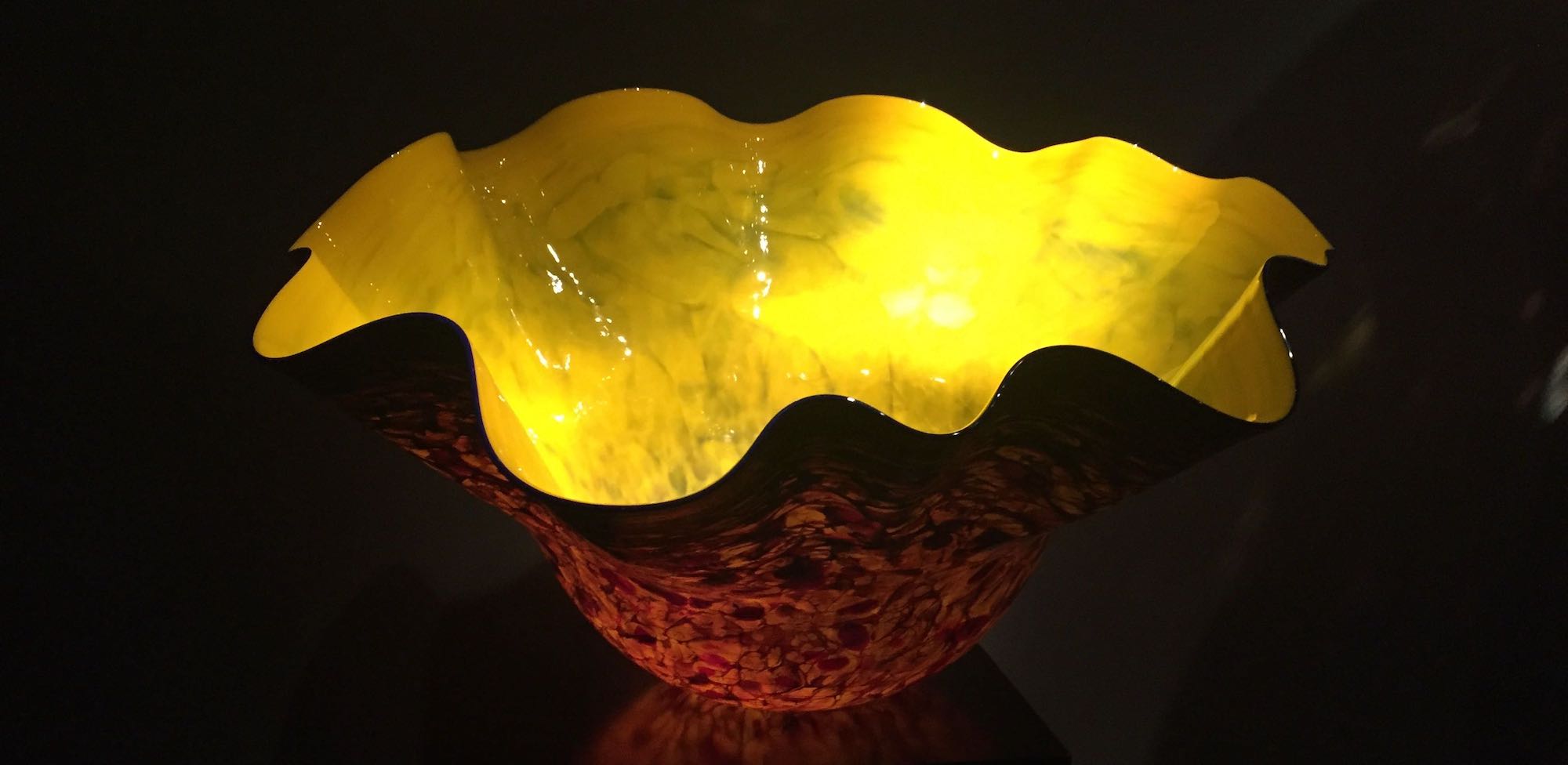A few years ago, I picked up a very insightful book on neuroplasticity. What did I learn? What are my thoughts on this topic?
I will start with my experience of learning harmonium in my early twenties.

My Baby Steps with Harmonium
We have a portable harmonium about 2.5′ x 1′ x 1′ in size. The back of the harmonium opens to act like bellows. It consists of a set of free reeds, whose length determines their pitch, activated by a wind supply from hand-operated compression bellows. A keyboard controls the reeds.
I use my left hand to work the bellows, and right hand to press the keys. The instrument has three octaves.
Initially, when I started, I had to dedicate my total attention to one keystroke at a time and listen to the sound it would make. Within a week, I could identify each sound and locate the key that would make that sound. I figured the organization of the keyboard for the different octaves and pitch.
Moving my fingers and thumb in sequence to string together different sounds was a challenge. My finger movements were clumsy and too slow. My coach gave me a series of exercises to repeat the keystrokes in pre-defined sequences. Repeating the same lines over and over was boring at first. After a couple of weeks, though, I started enjoying the rhythm from the continuity of keystrokes. It felt magical. If I miss a key or press a wrong key in the middle of the sequence, I could tell from its sound. Within a month, I moved the fingers on the keyboard without having to look at it.
The next thing from the coach was to learn Rāg Bhopali. A Rāg is an array of melodic structures with musical motifs. Learning this to me first was about understanding which keys and sounds to include, and which ones to exclude. There is a sequence of keystrokes that would develop notes in the ascending and descending scale. Learning this again meant more practice and repetitions. Once I started doing this, though, the effect it had on me was very soothing.
These are my baby steps in the journey of learning music. I hope I can expand on it further.
The exciting part is, I can go back and play even today what I learned years ago. It comes back to me right away – kind of automatically, or subconsciously. It is because of the plasticity of the neural network in my brain.

My Brain is Plastic
What makes it possible? It came together for me while reading a book from Norman Doidge, MD – The Brain’s Way of Healing: Remarkable Discoveries and Recoveries from the Frontiers of Neuroplasticity.
With training and practice, neurons in the brain form new connections, molding themselves in a pattern over time. The neural network pattern is a virtual image of nerves, muscle groups, and coordination sequence encoded in it, enabling me to perform a task reliably and consistently whenever I need. The more that I practice, the stronger the neurons’ connections, and the more permanent or longer lasting will be the neural image.
My brain is plastic – that is, it has neuroplasticity. It is an empowering asset that helps me grow and develop.
That’s How I Learned Everything
We humans, are born with a deep reserve pool of neurons. However, the neural network patterns required to perform even simple tasks such as eating, sitting, standing, walking, smiling, making sounds, talking, driving, learning languages, reading, writing, etc. aren’t there when we are born. Growing up, we perfect each of these tasks, one step at a time, with training, trials and errors, and practice. The consistent repetitions molded the neural network, allowing us to do these activities subconsciously.
I can eat and watch a game on the TV simultaneously because individual tasks of eating, seeing, processing the language in the commentary, etc. happen subconsciously. Thanks to that, I can enjoy the game.
When I am presenting in front of a group, I can focus on developing a clear message, emotional engagement, and audience reaction. Several routine tasks – making sounds for vowels and consonants of the language, seeing people’s faces with my eyes, identifying individuals, listening to their acknowledgments, moving my hands and legs as I need – happen subconsciously.
When driving a car, I can focus on adjusting my following distance or changing speed to remain safe. I can do that because my brain’s neural network patterns allow me to subconsciously coordinate my hands and legs, see other cars and people with my eyes, listen to the sounds using ears, etc.
The neuroplasticity is an incredible gift that takes care of a range of routine tasks on the autopilot, enabling me to perform complex activities.
Neuroplasticity also gives me the capability to learn new skills. When I can focus my conscious energy on an initiative and have the discipline to work on it consistently, I can mold a neural network pattern. I can learn a musical instrument, a new language, a new sport, a new hobby, or maybe something different at work.
However, if I am not aware, neuroplasticity can limit my effectiveness, as well.

How Can Neuroplasticity Get in My Way?
The neural images can mold without me realizing it or being aware of it, exerting tremendous control over me.
The emotional brain or the limbic system of the amygdala is the most developed part of our brain and is incredibly powerful. A strong emotional impact – for example, a setback, disappointment, or loss of a loved one – can cause changes in the neural patterns. While I learn to deal with external circumstances, the impacted neural image can stay in my brain, shaping my behavior and thinking.
Even when the condition or source that caused a change in the neural network in the first place goes away, the impact on the neural network can persist, making me think as if that condition still exists.
If I worry over something for an extended time, it can turn into a mental block that I could carry the rest of my life. When I harbor negativity about anything, it can reinforce neural circuits in the brain controlling my thinking to be even more negative; it can spiral into a grip limiting my ability to open up and let go. I become what I practice, and it can hinder my ways, too, if I am not careful.
The book has examples of people that have to deal with a significant accident or a physical injury. While the bones, muscles, and rest of the body recover, the encoded virtual image in the brain might not be updated yet, causing chronic pains.
The good news is, neuroplasticity also gives me the capability to alter the brain’s neural networks.

Exciting Part – Remold the Patterns
I can remold the neurons in my brain.
For example, I can cultivate awareness that a specific situation or place or person is triggering an emotional reaction. If I can proactively respond to it positively, I can “rewire” my brain. Self-awareness is such an empowering and beautiful blessing to have.
The stronger the pre-existing pattern, the more effort I would need to change it. I have heard legends of how certain people overcame incredible odds to achieve a goal, drawing on their emotional reserve or inspiration from inside. Maybe there is science after all, behind the myth of a phoenix rising from the ashes.
I have read about professional athletes doing mental or psychological training and physical rehabilitation while recovering from an injury. The mental rehearsals help them relearn or strengthen their neural network patterns to trust their instincts and muscle memory.
Dr. Doidge has developed fascinating insights in the book for an exciting frontier that can potentially help patients with neurodegenerative diseases. For example, if a condition is killing neurons used in the molded neural image used for walking, a person can gradually lose the ability to walk. However, what if he or she can relearn walking, tapping into the reserve pool of neurons to mold a new pattern? It would be a slow, deliberate practice with repetitions, focusing on one step at a time. It wouldn’t make sense, or be possible, to talk, for example, while taking these walking steps. In this case, walking isn’t using an existing neural network image. It is building new neural connections using repetitions.

The Coolest Part
What do I think is the coolest part about the incredibly capable and resourceful brain with its neuroplasticity? It is the fact that we all got one. I am so happy and grateful for it. Aren’t you as well?
Can I expand on what I learned with harmonium years ago? I figured I need a mentor, a coach, or a guru to guide me. In the meantime, I can still enjoy my baby steps in the journey of learning music. They come back to me right away.
2 Responses
Lisa
This is a fascinating subject and very timely for me because my son has a degenerative motor sensory neuropathy and a therapist who is helping him just mentioned neuroplasticity and creating a plan for my son to maintain as much function in his extremities as possible. Thank you for sharing this very interesting and important information, Deven.
Bhasker Patel
Thanks for sharing Deven! I look forward to listening to you playing harmonium.